This is an article I wrote in 1999 after returning from a six month round the world trip. I didn’t think about it as primarily a pilgrimage. We did visit some places of significance to us as Buddhists. We also went snorkelling on coral reefs in Fiji. However as well as broadening the mind, travel also gives you space : to look, to ruminate. Anyway here it is:
I’VE BEEN TRAVELLING.I left in January with a World Traveller plane ticket in my pocket. I
went with Jean, a friend of nearly twenty years standing. Her younger daughter wasborn just three months before my daughter. These birth dates are relevant because Jean and I used to go off on holidays together with our kids and it wasduring one of those breaks that we made a resolution to go travelling together when they were off our hands – or as much off our hands as can be reasonably expected for nineteen year olds. Perhaps at the time it was rather a whimsical idea – we were sitting on a beach in Norfolk and the said daughters, then about three years old, had just been encouraged and had agreed to go off and build their own sand castle without any maternal help. One small step for daughters, one small release for their mothers!
About eighteen months ago we realised that the opportunity to fulfil that resolution was fast approaching. Did we have the money to go? The time? did we still want to? Yes to all of those questions – and there I was, taking off from Glasgow airport early one frosty morning. A couple of hours later I was watching London disappear from view as we headed for southern India and thirty degrees centigrade. I remember wondering why on earth I was doing this. Why not have a six month sabbatical in one place? Would I ever see London or Scotland again? A flood of sentiment and an acute sense of belonging to the landscape below nearly had me in tears. Why on earth did I want to see kangaroos in situ!
So what have those six months been? a sightseeing jamboree? a twentieth century equivalent to ‘Ie grand tour de L’Europe? a chance to visit old friends in faraway places? time out and away from family and job? a test of endurance? (after all it’s a bit different carrying around a rucksack aged forty-nine than it was a few decades ago aged nineteen!) a deeper experience of friendship? an opportunity to let go of the security of familiar things, people and places? a time to reflect about where my life is going? and where I want it to go? a pilgrimage?
What is a pilgrimage?
One thesaurus gives synonyms of journey, tour, travel, excursion,
jaunt, junket and trip. Interesting isn’t it? Not a word about religious quest, search for meaning, devotion, or places of spiritual significance. Another dictionary suggests wanderer, sojourner and one who journeys, usually a long distance, to some sacred place as an act of religious devotion. The root of the word is from peregrinum, the Latin word for stranger, with the further meaning of ‘across or through the land’.
Six months travelling through the world was definitely a pilgrimage in the sense of journeying as a stranger across the land. It was also a pilgrimage in the religious sense of travelling to sacred places. The first stage of our journey was through the Indian sub-continent – from Cape Cormorin in the south to Gangtok in Sikkim. There we travelled to places of spiritual significance to Buddhists, but Hindus seemed very pleased to show us round their temples too, offering us the chance to gain merit and giving us a mark on our forehead to validate our devotion. Some of the very old Hindu temples seemed to be places with a touch of chthonic mystery to them. If they have a parallel in my European background, it is with the stone circles and burial long-barrows, thousands of years old, that are strung out from the Western Isles of Scotland in the north to Spain and Portugal in the south. These remnants of old European religious practice took many years to construct. It must have been a similarly huge task to create those old Hindu temples and, as with Medieval European cathedrals and monasteries, no doubt generations and whole families of craftsmen spent their working lives on that task.
The Buddhist caves at Ellora and Ajanta in Maharashtra are similar feats of faith, devotion
and hard work. I wonder if ordination as a monk at Ajanta meant being given a hammer
and chisel along with the more traditional robe and bowl! The beauty of the paintings and sculpture in those caves took my breath away. More significant still was the sense of gratitude and devotion that arose in me – not just gratitude for all the hard work and commitment of those monks, but a renewed and deepened gratitude and devotion of my own, directed towards the same spiritual truths that had inspired them.! felt the same kind of resonance at Sarnath and Nalanda, at the Vulture’s Peak and the Bamboo Grove of Rajgir and at Bodhgaya, although I had hard to work harder at it in Bodhgaya as I didn’t like the noise and tourist bustle of the place. Further north in Bengal and Sikkim, pilgrimage became more of an experience rooted in the present rather than in echoes from the past. There I enjoyed the feeling of fellowship with the Buddhist practice that was part of daily life in those places – signified by prayer flags in gardens, the victory banner, parasol and other eight auspicious signs carved or painted on to homes and schools, monks and the occasional nun walking through the streets, mantras traced on stone walls, young boys with their monk’s robes tucked up out of the way as they raced around a monastery courtyard between lessons or peered over my shoulder pointing at photographs of their monastery in my guide book.
In some of the places I visited I was definitely a pilgrim. I was responding to a place and its history from an appreciation based on my own spiritual experience and aspirations. My inner environment was aligned with my outer one my emotions, understanding and volition were finding outward equivalents in these remnants of the expression of inspiration and practice from centuries before. I was able to delve more deeply into my ‘faith-follower, aspect – where my appreciation of beauty, of lineage, of convictions held by generations of practitioners, all coalesce to enrich my own personal links with the Buddha, Dharma and Sangha. Two other factors were also very present and probably essential for all this irruption of faith in me. One was my own happiness, contentment and even a sense of familiarity at being in India – notwithstanding the very great differences from European life and culture. At times I hardly even felt myself a stranger there. The other factor which aroused deeper feelings of faith was my awareness of suffering.
In India life is very public. Joy and curiosity, excitement and discussion are there to be seen and engaged with very immediately. But suffering, too, is very visible and at times very shocking. Stuck in a noisy, exhaust-filled trafficjam in Madras, I could see women washing their three-year-old daughters outside cardboard and corrugated iron huts just a few feetaway from me. Standing on a railway platform at 4am waiting for the Rajghani express to hasten me away from Patna, I watched the flutterings of a thin grey blanket lying not far from my feet, flutterings that came from the shallow breathing of whoever was hunched up beneath, trying to get a few moments more sleep before another day’s existence began. A crutch lay beside him. For a few moments our two lives existed and breathed close to each other, both human, but so, so different in their unfolding. I could get out of Patna any time, out and away on a train where a clean bed was provided and my meals and drinks were brought to me. Not a very probable option for the fluttering body under that blanket. An awareness of the need to keep open the doors of the Dharma grew in me with an urgency fuelled by a much keener appreciation of the weight of suffering that exists in the world.
I’m often asked what my impressions were of the different cultures I came across, and the
different people. But my most heartfelt impression is of sameness, a sameness of human
experience and conditions that belie all the apparent differences. Of course those differences exist – but underneath them I kept seeing glimpses of a more universal human condition – a paler and less defined outline seen through my eyes of what the Buddha revealed at Sarnath in his first teaching – this being, that becomes from the arising of this, that arises, this not being, that does not become from the cessation of this, that ceases.
This sameness that I became aware of can be a basis for a deeper sympathy and understanding between me and other human beings. I realised a world tour can be a pilgrimage whether the pilgrim visits any ‘sacred’ places or not, if the pilgrim can discover the universality of joy, suffering, and impermanence and maintain some equanimity, loving kindness and aspiration to practice in the midst of all that. People also ask me what my favourite place was, but I don’t really have one. What I do have is a vivid impression of abundant life and a deep sense of what a beautiful planet I live on, and what an extraordinary web of existence I am part of.
In this way think the sense of being on pilgrimage was always there. I gladly immersed
myself in all the beauty and wonder that arose in the midst of new landscapes. I became aware of how much I align myself by a sun which is in the south at midday – persisting in that view even when I knew very well that it had changed to being in the north!
I looked in amazement at new constellations in the night sky and a new moon that was the ‘wrong’ way round. In the immensity of the red desert heart of Australia, the experience of beauty took on a particular poignancy because of the fragility of the delicate ecological balance – great tracts of that land have been damaged by animals it never evolved to sustain. As I travelled through Australia, New Zealand and America, I spent time with friends in the Order, knowing that they respond as I do to Sangharakshita’s vision for establishing the Dharma in the West. I realised just how few of them there are to put that vision into effect. It threw up a challenge to me to work out exactly what my relationship actually is to these Order members in far flung parts of the globe. On a personal level many of them are my friends, but the challenge is to understand more clearly what my connection is on the more mythic level of shared commitment and vision for our Order. I don’t know what the answer is yet – maybe it’s no more than keeping them in mind or understanding that there is more to collective Order meditation practices than may meet my eye. I myself asking whether my momentum would hold up in a much smaller and more isolated sangha than the one I am part of here in the UK – one with just as much call for sustained effort, harmony and commitment.
How will Buddhism evolve in different Western countries? Will the desert expanses of
Australia or the volcanic plateaux of New Zealand be places that can help Buddhists
contemplate and gain insight into the everchanging and interrelated nature of existence? will the icons and symbols of American society help or hinder the spread of the Dharma in the USA? and how do Americans gain the ability to see the face of their own cultural conditioning clearly enough to be able to stay true to the teaching of the Buddha? and how do I do that with my own cultural conditioning? Which brings me full circle doesn’t it? Literally. What I am left with are questions and reflections that arose in response to sights and sounds and people in many places, sacred and not so sacred, but they are questions which apply as much to me and as much to Britain as to anywhere else. Sameness again. I don’t have the answers only the questions. I also have a conviction that I need to honour my questions and reflections and not let them sink out of the forefront of my life – which is maybe all a good pilgrim should have. Otherwise one might think that the pilgrimage could come to an end.

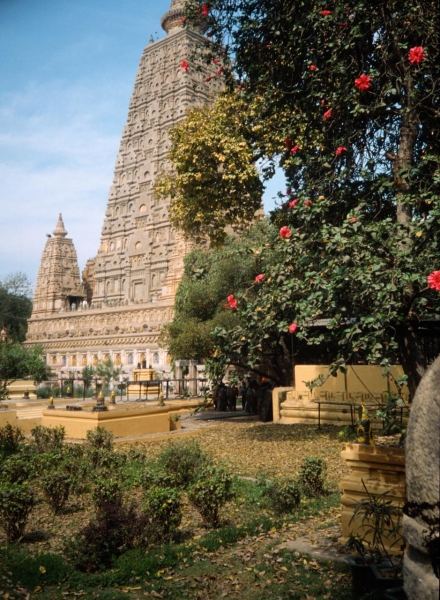
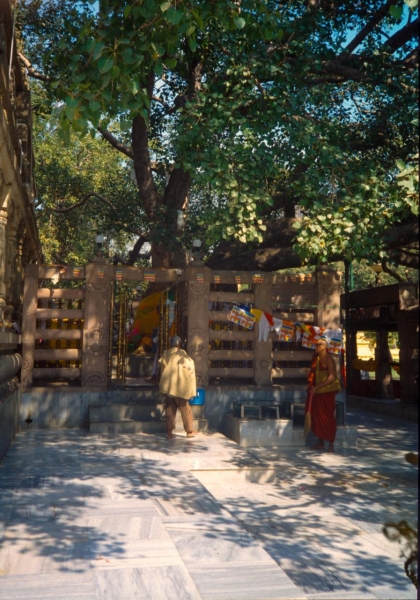
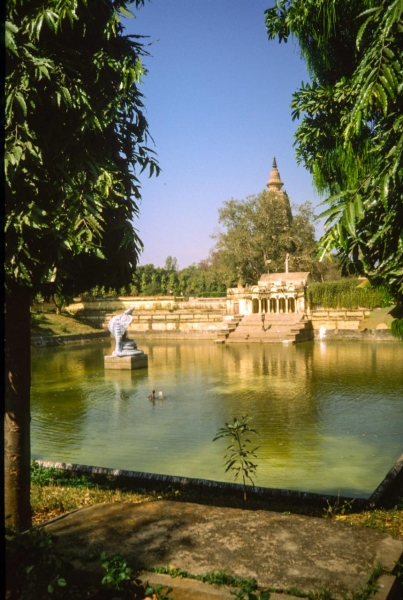
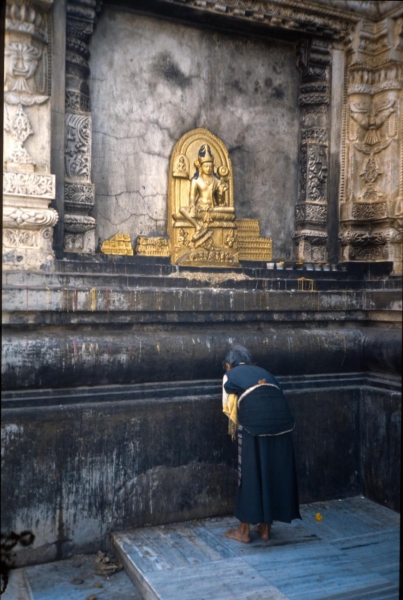
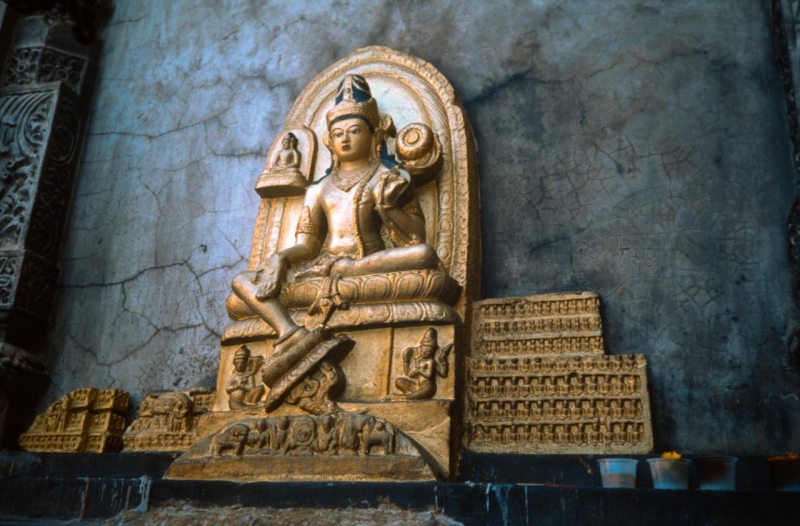
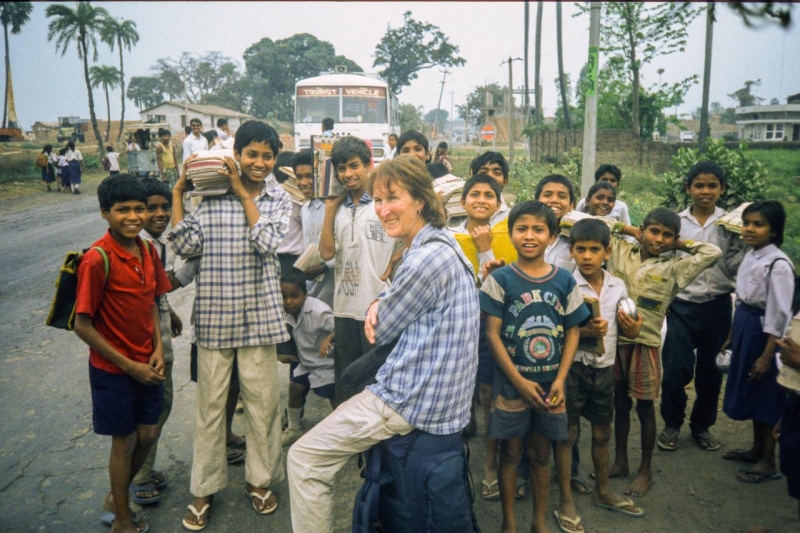
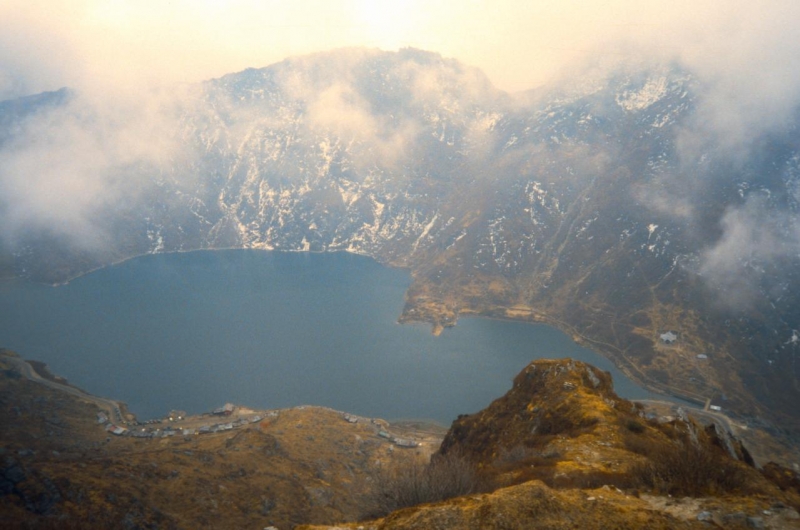
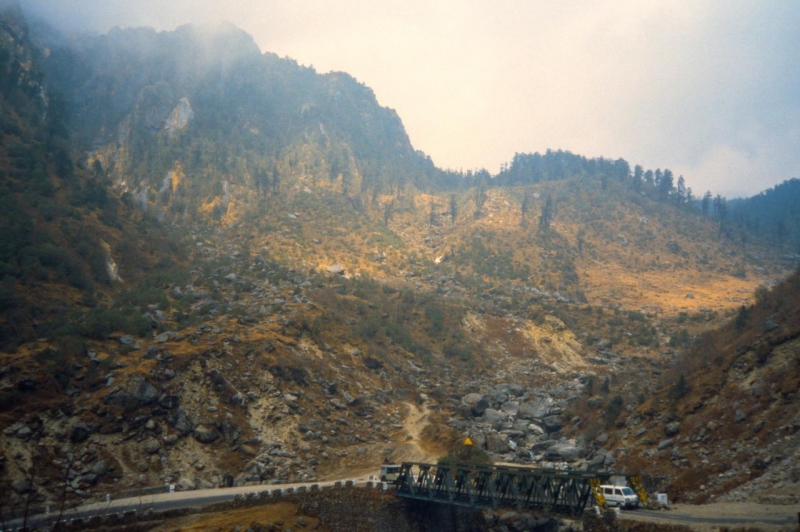
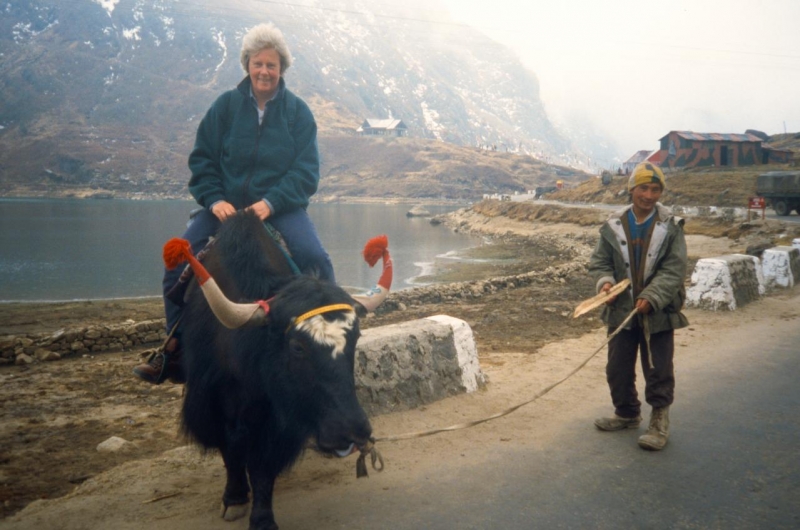
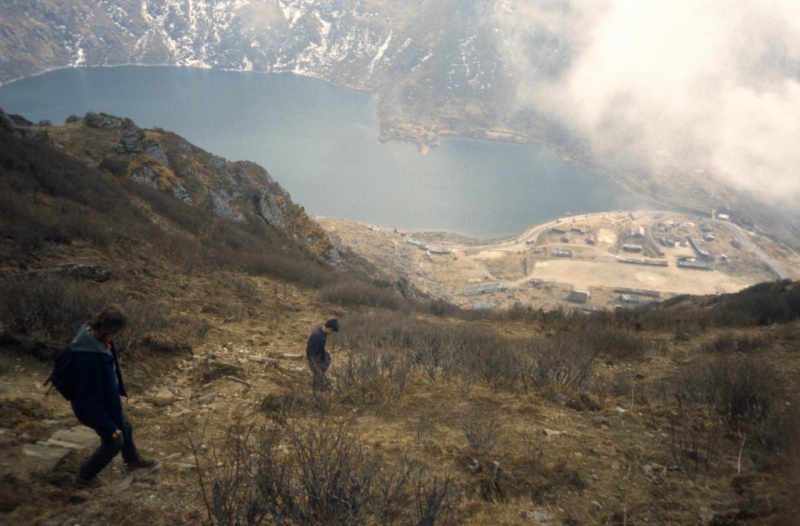
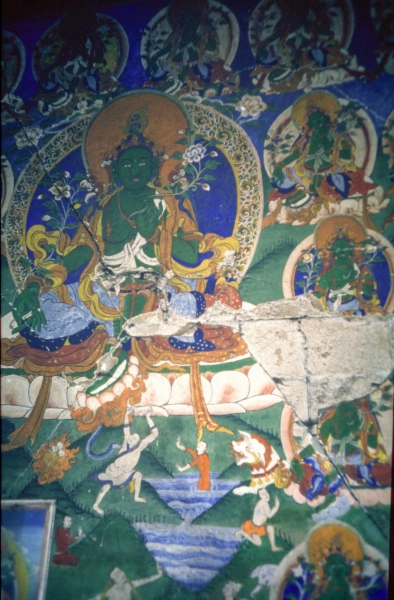
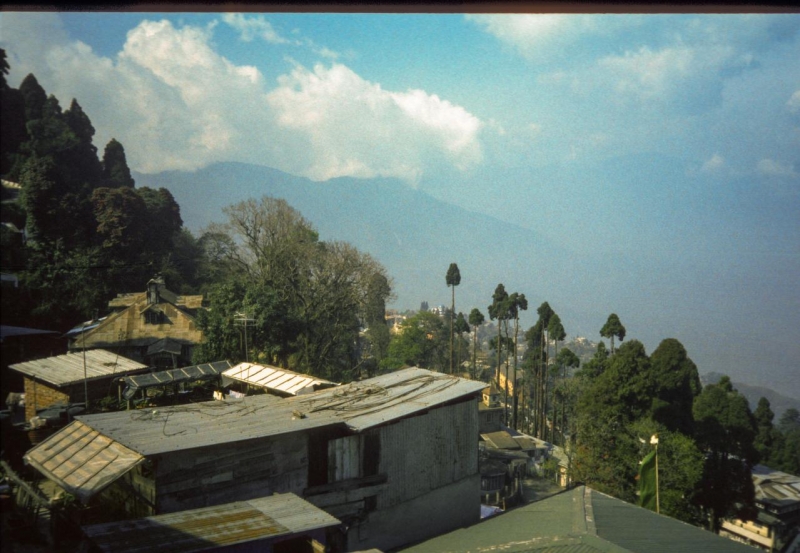
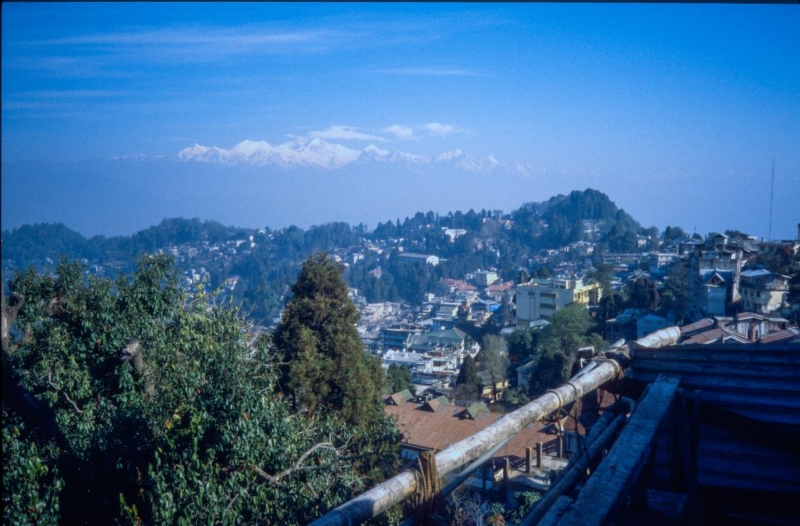
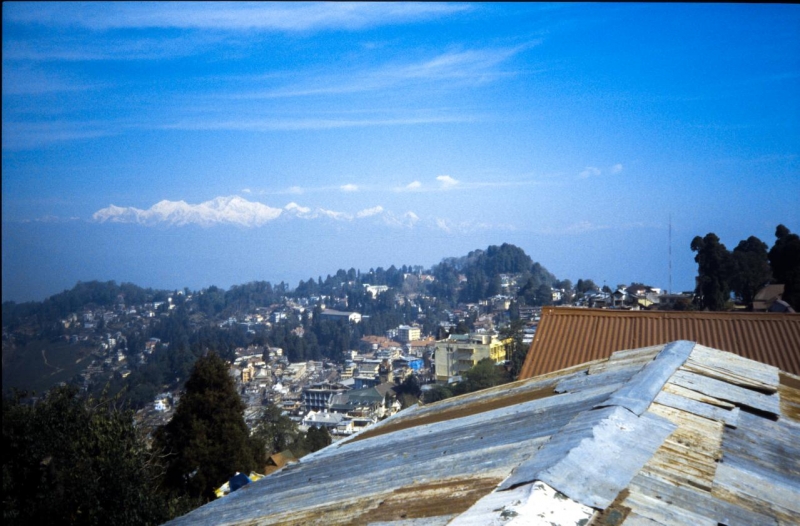
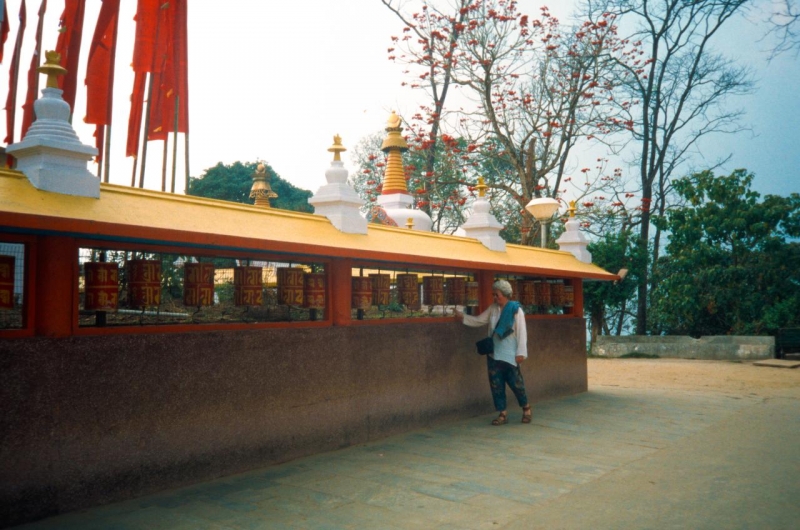
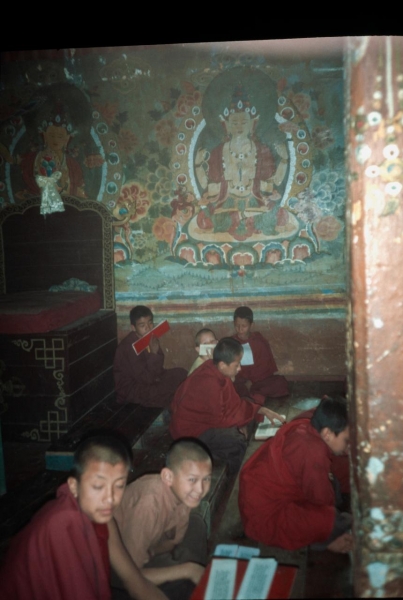

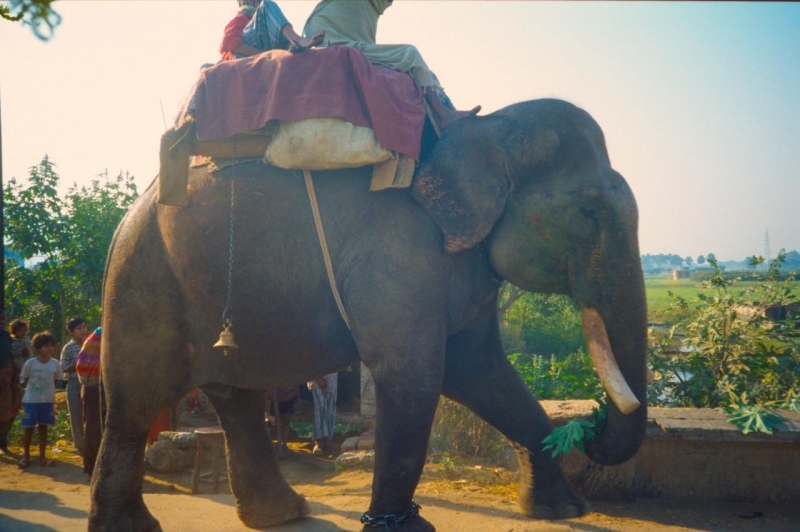
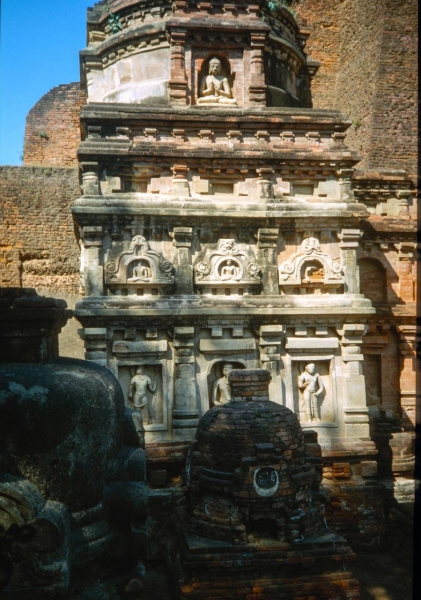
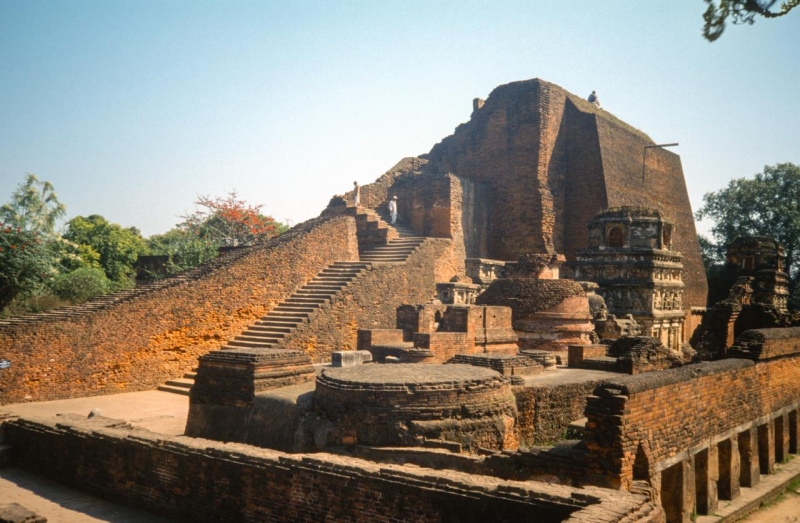
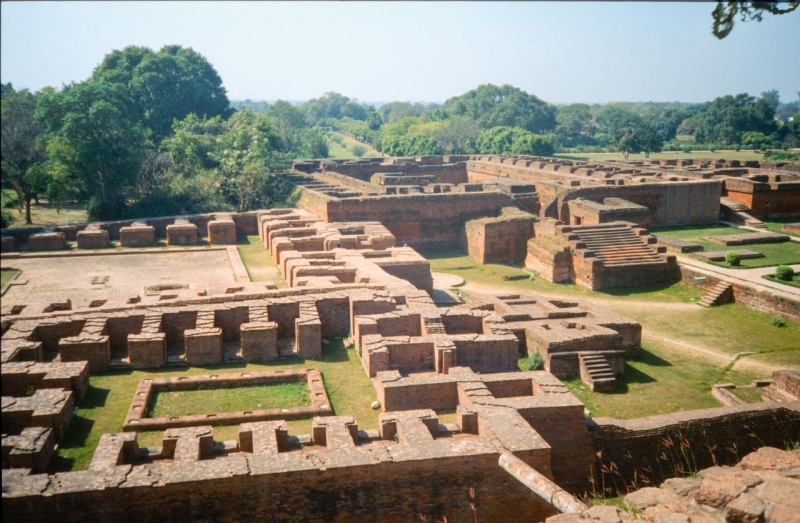
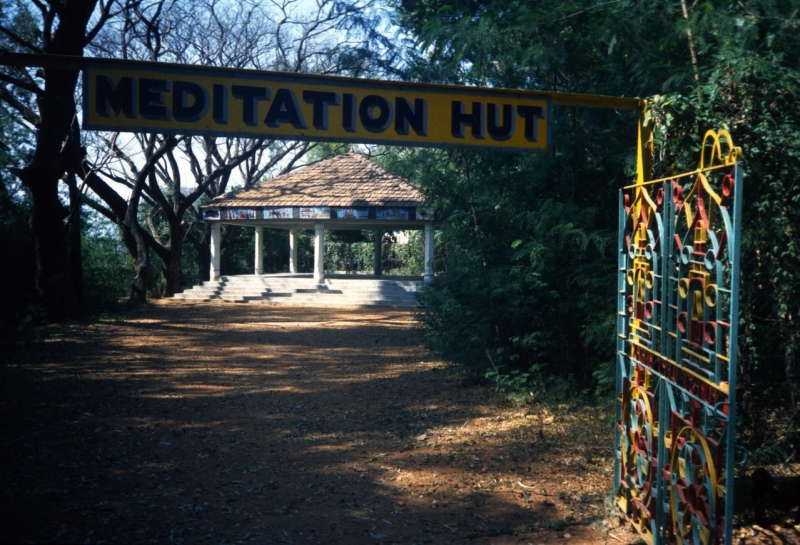
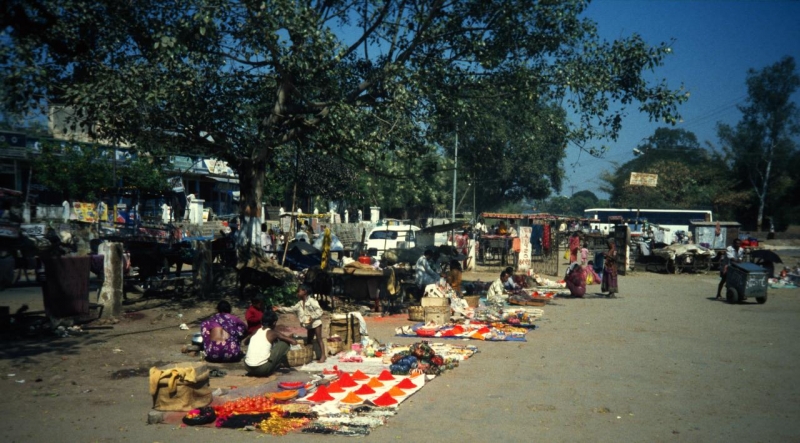
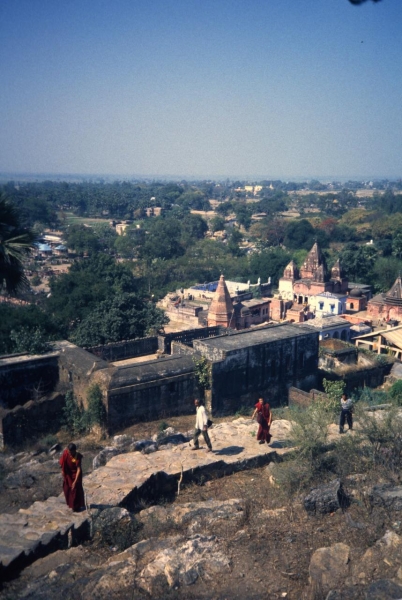

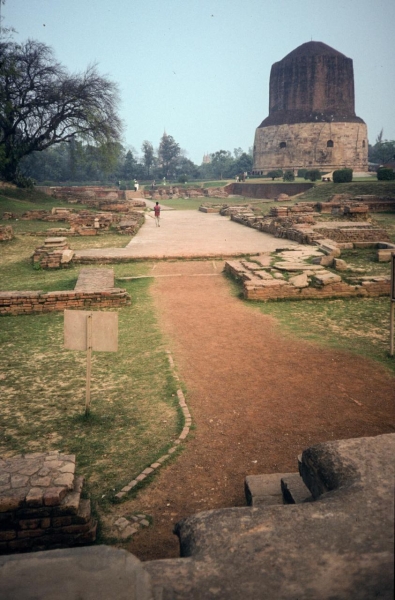
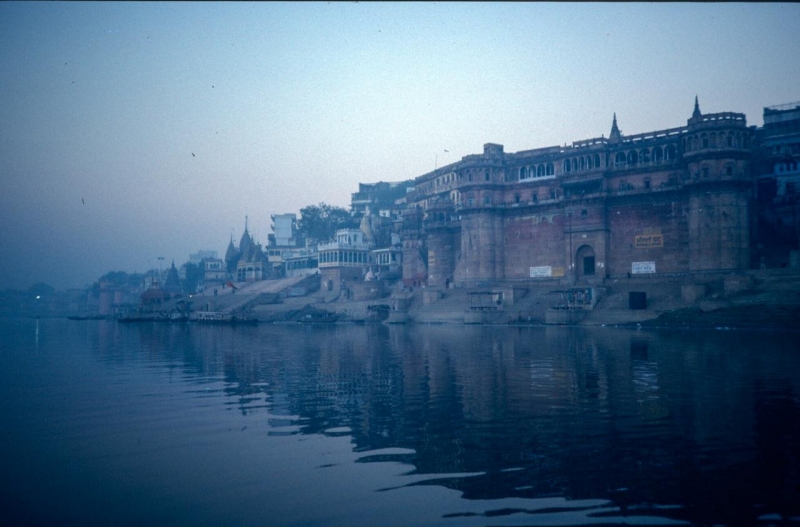
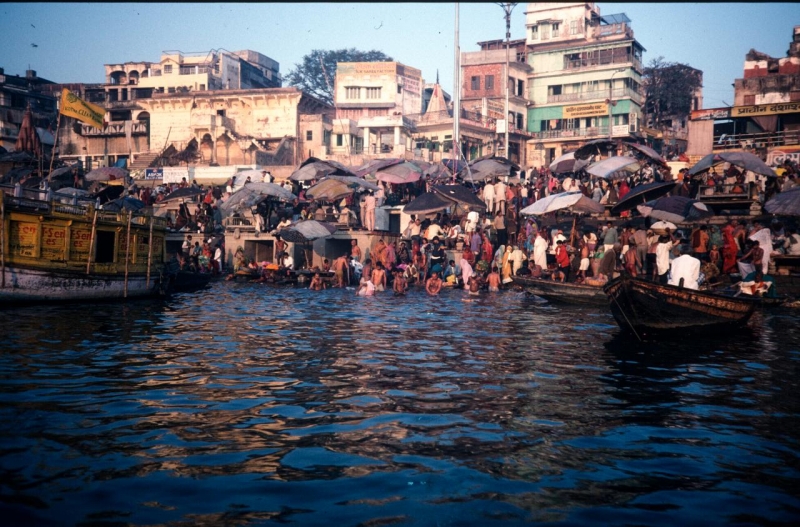
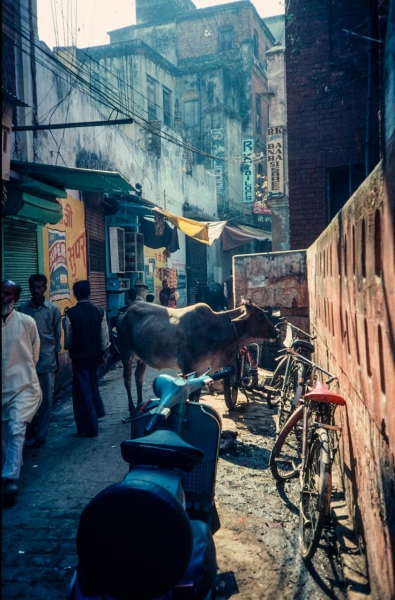
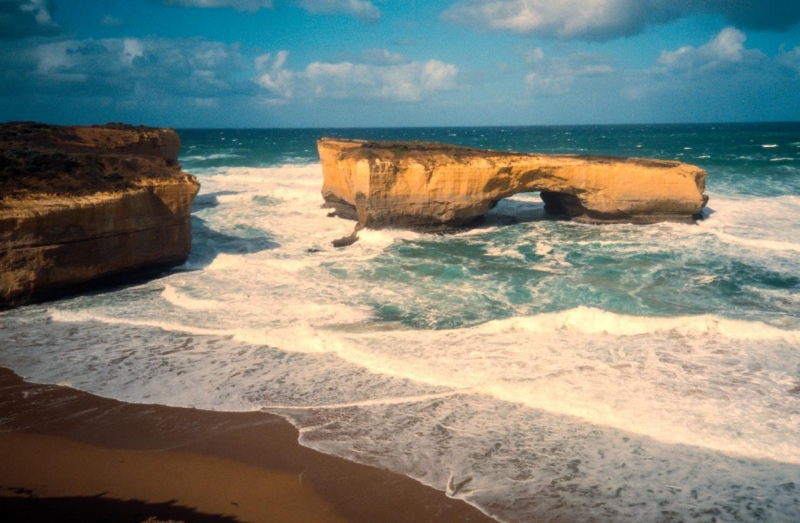
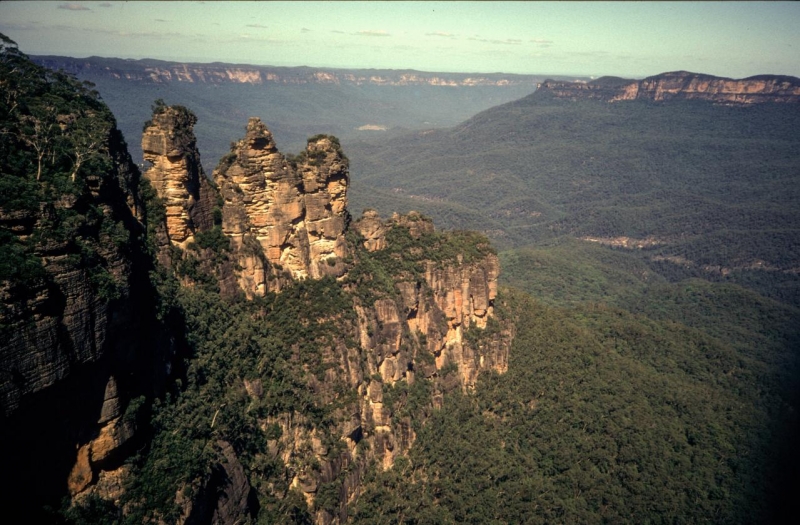
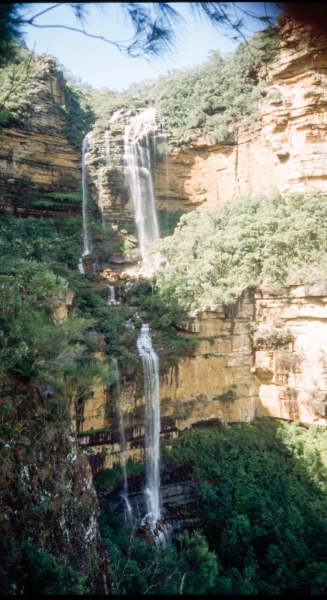
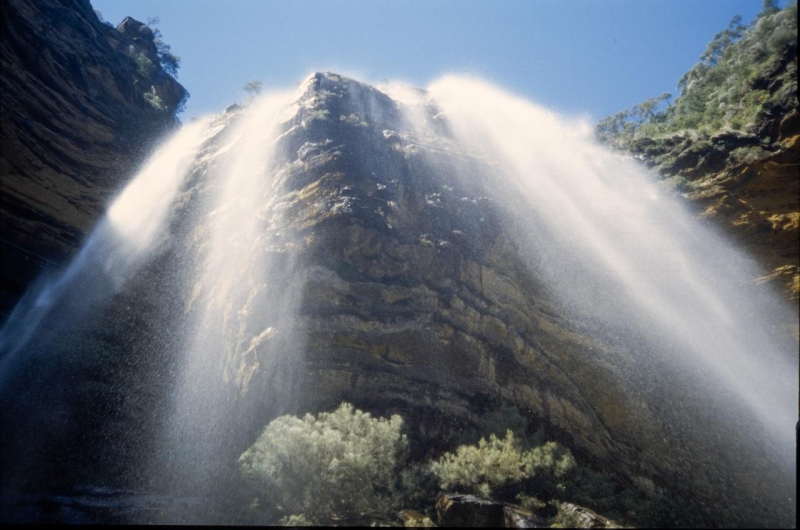
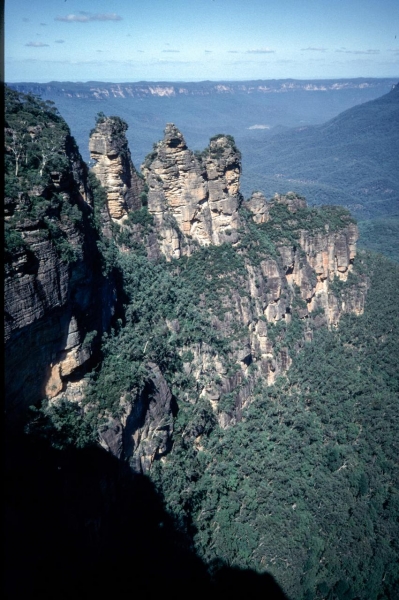
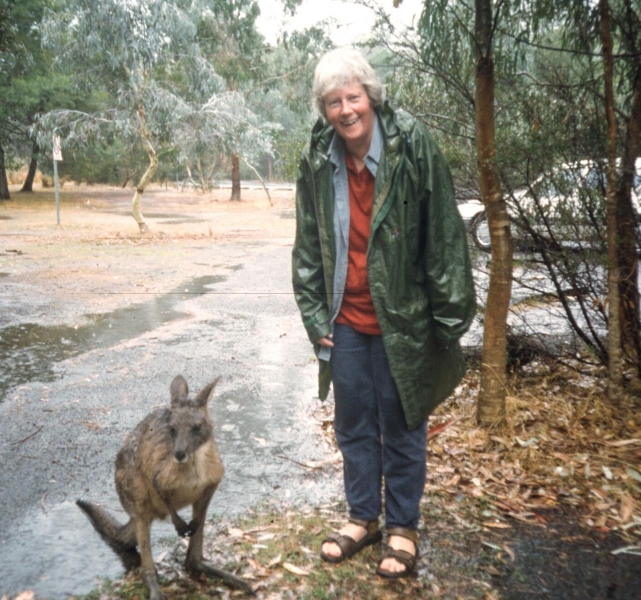
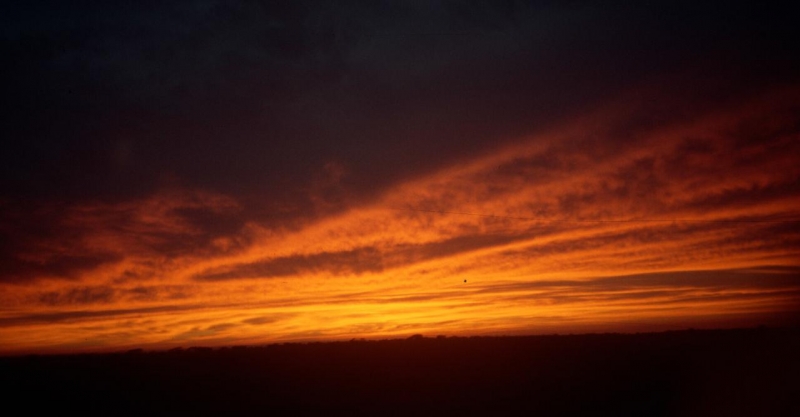
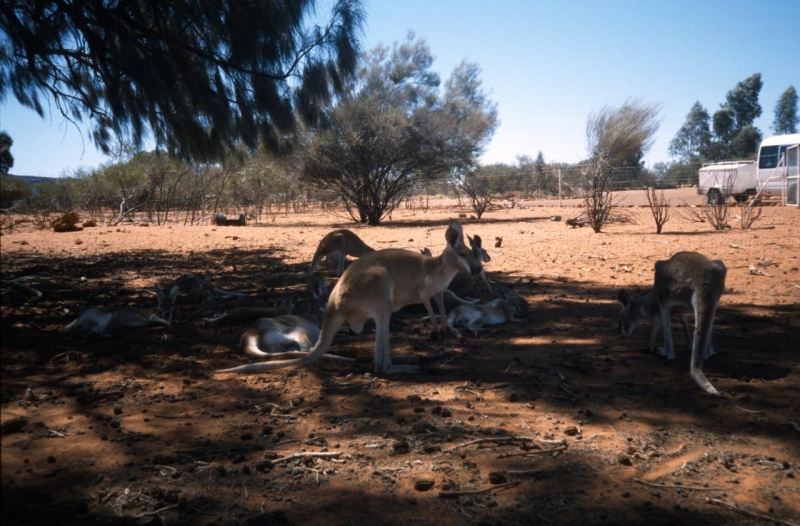
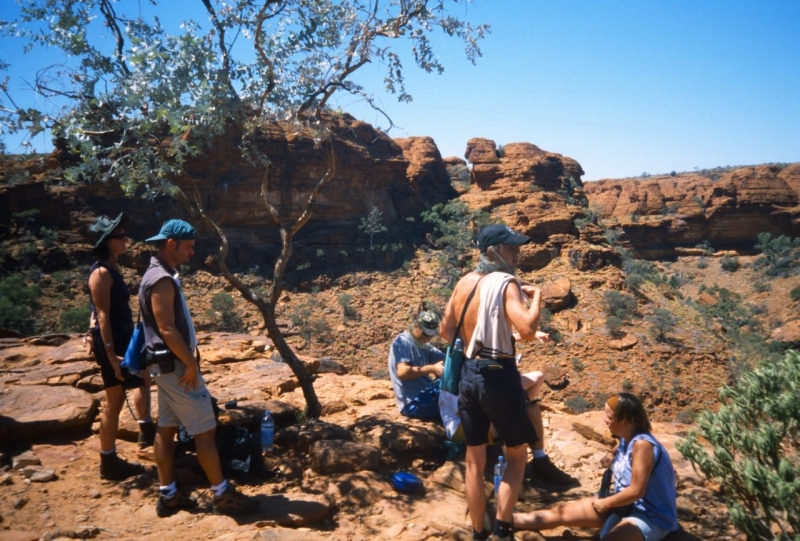
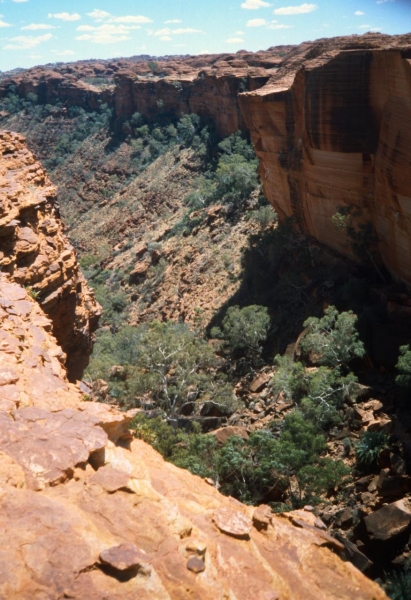
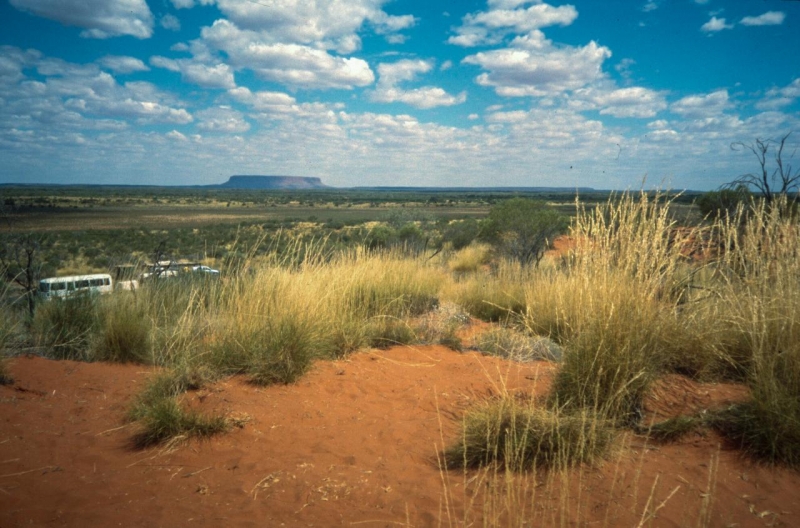
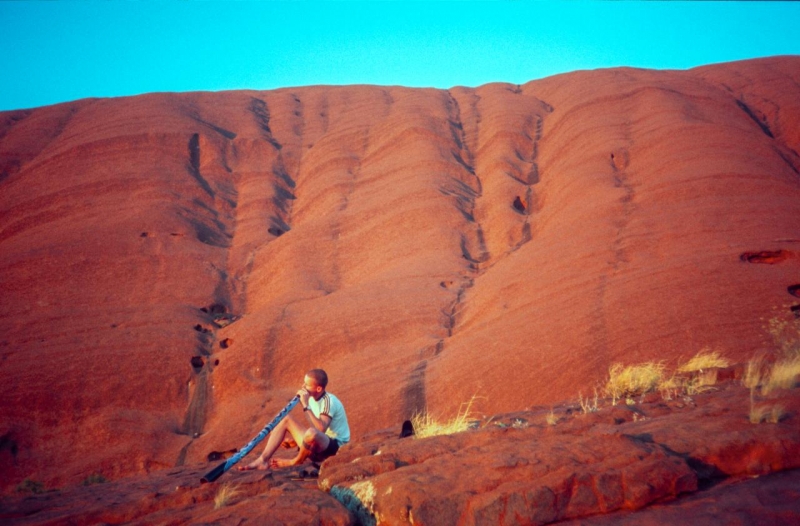
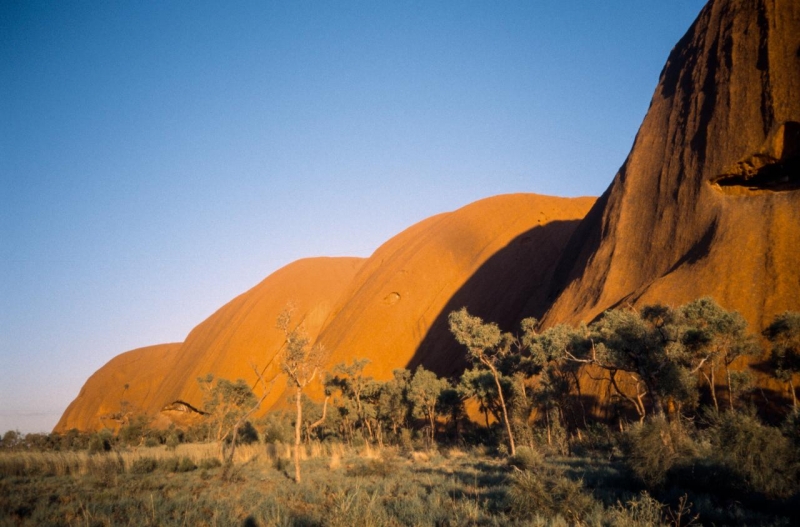
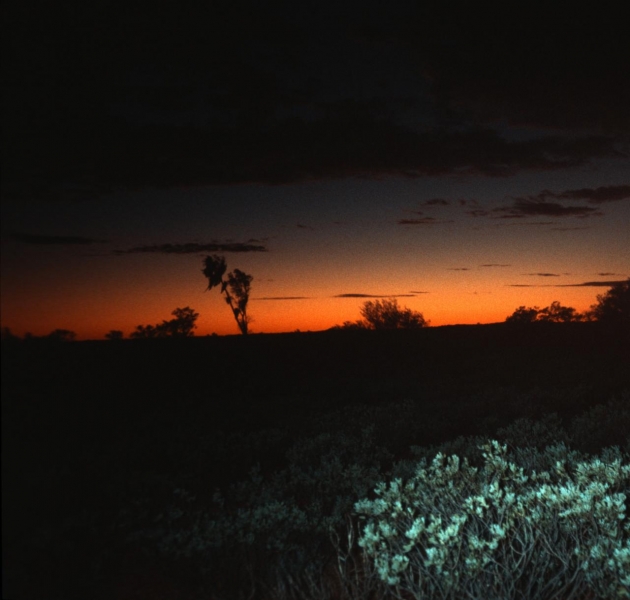
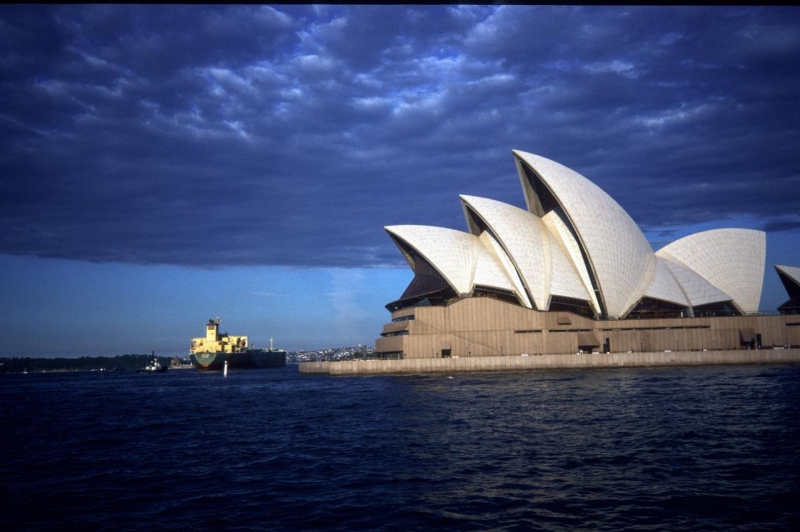
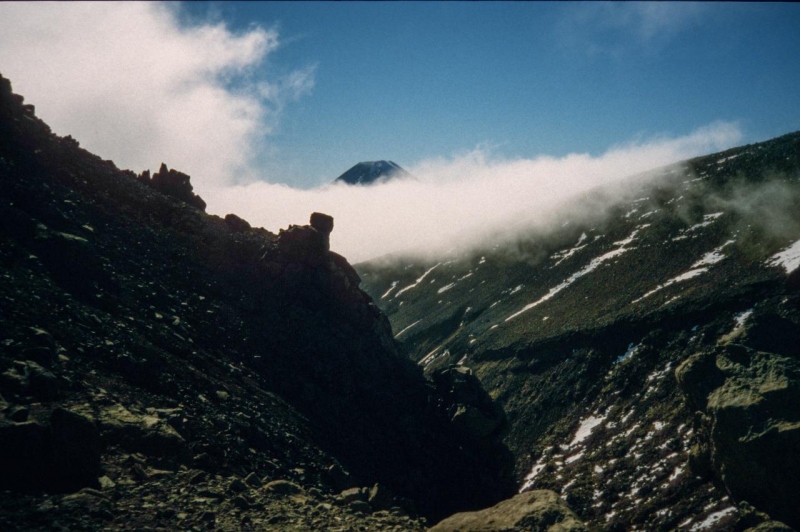
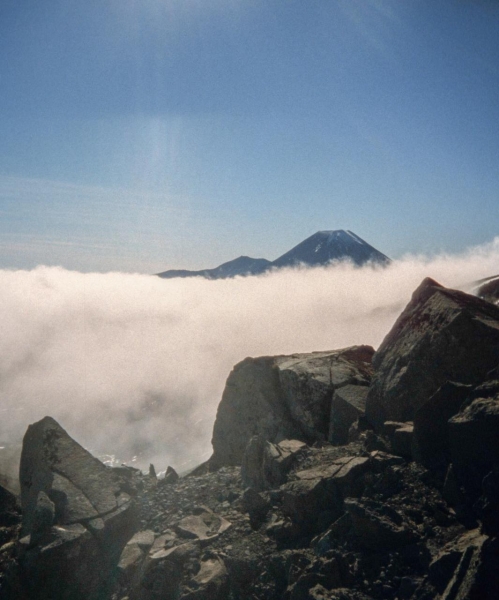
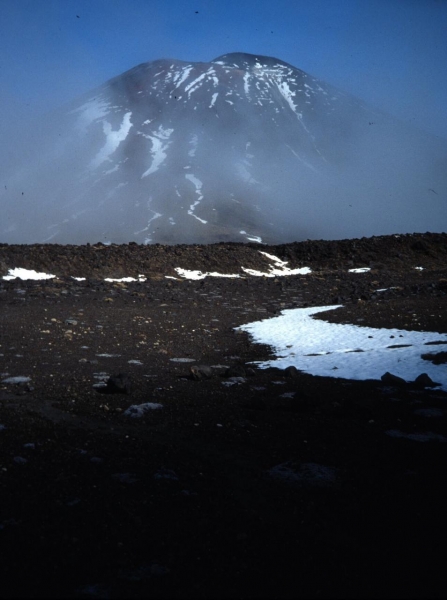
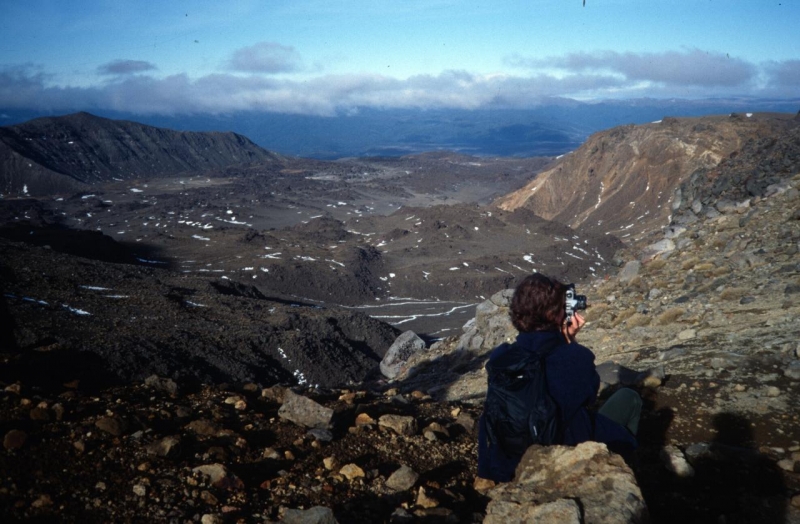
Add comment